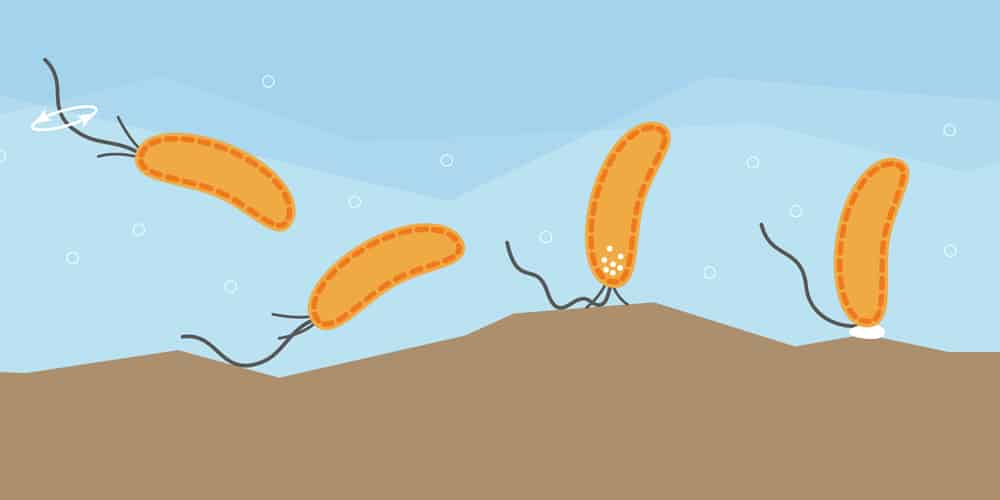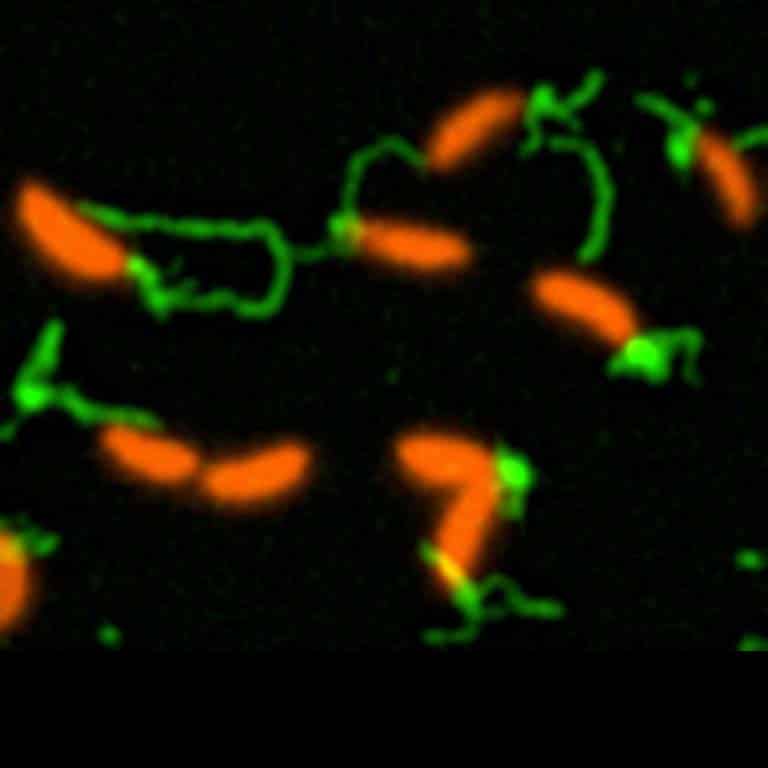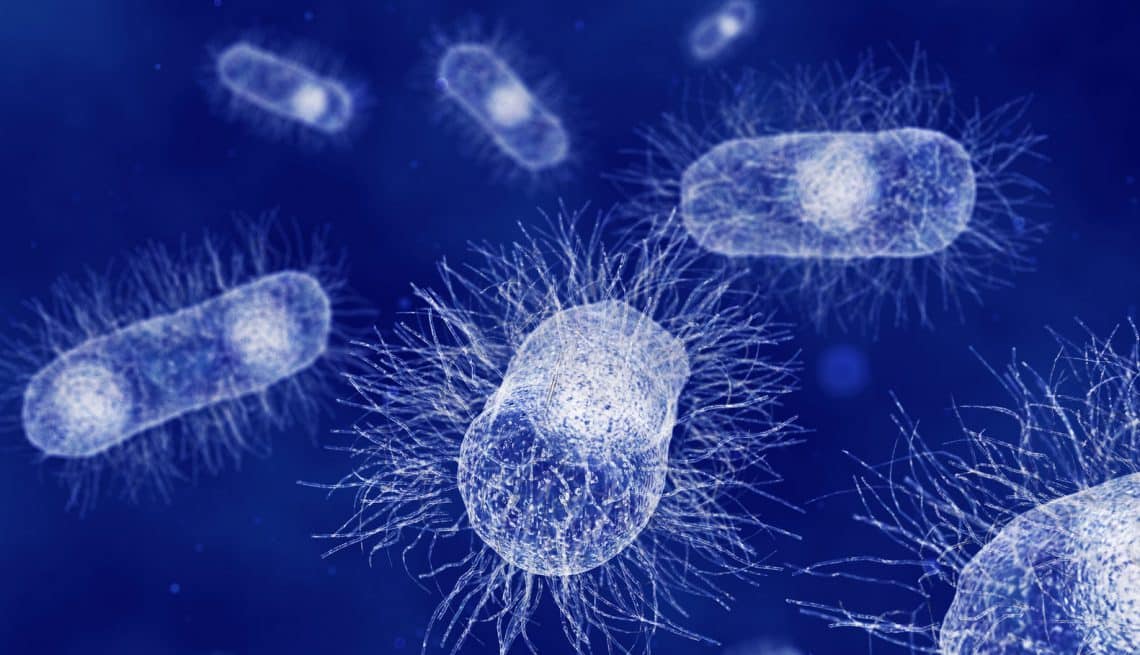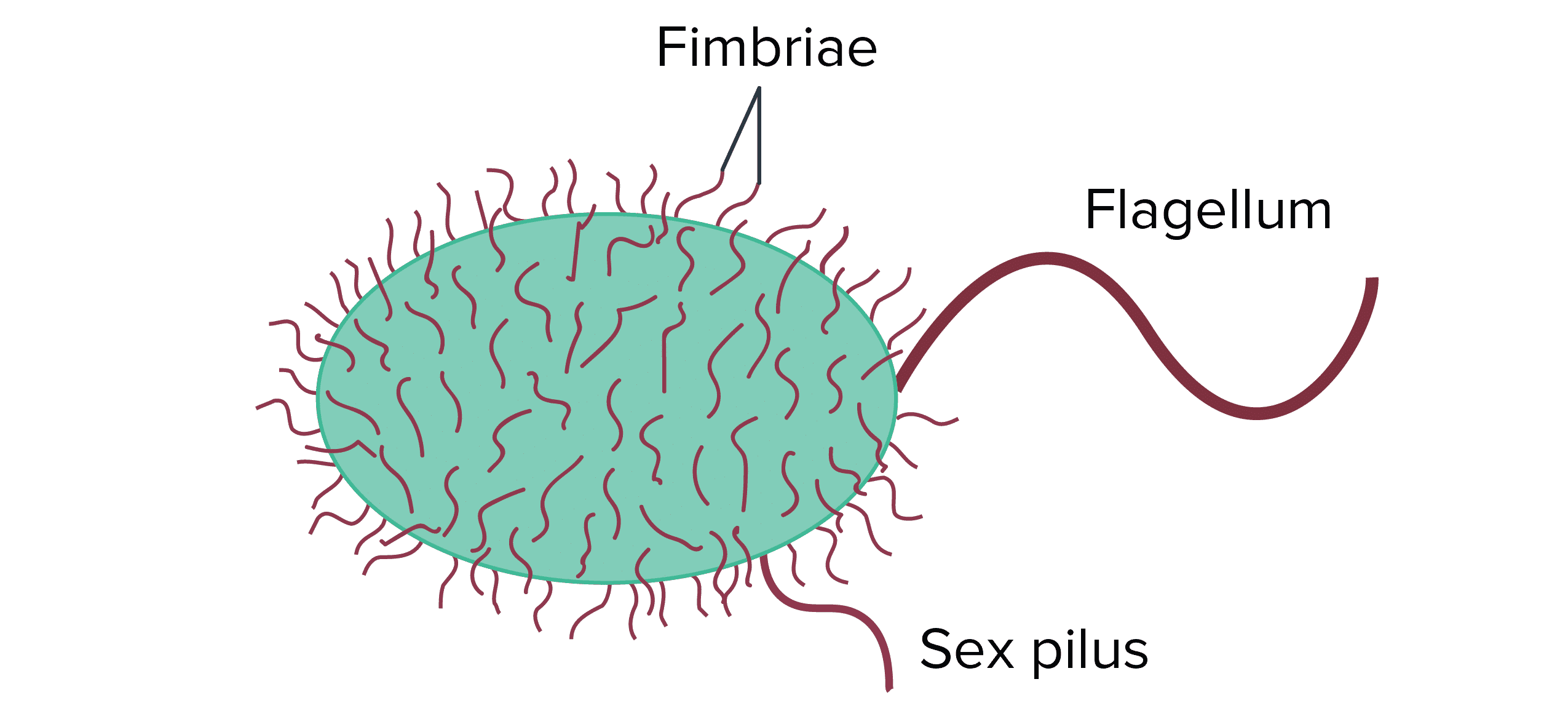Researchers Identified Bacteria Have A Sense Of Touch Too!
Comparing someone to a bacterium might not be nice but it’s not far from the truth, given that scientists have now discovered bacteria’s sense of touch.
Touch is perhaps the most overlooked sense. Everyone receives tactile information about the world around us every second of every day. Right now, if you’re sitting, your butt is being squished into your chair. Your fingertips are probably resting on a mouse or swiping the glass of your smartphone. All this information is so omnipresent- you can’t turn it off and back on again as you wish.
Turns out, bacteria too can physically “feel” the world around them- they too have a sense of touch.
The flagella and the cilia studies appeared October 26 in the journal Science. The flagella study, entitled “Second Messenger–Mediated Tactile Response by a Bacterial Rotary Motor,” was led by scientists based at the University of Basel. The cilia study, entitled “Obstruction of Pilus Retraction Stimulates Bacterial Surface Sensing,” was led by scientists based at Indiana University. Both studies evaluated the behavior of Caulobacter crescentus, a bacterium commonly used in lab experiments.
What exactly do these findings mean? Bacteria were thought to be
without any sensory organs and traditionally speaking they do not have any senses. On the other hand, they respond to touch which proves in practice that even without sensory organs as we classically understand it they do have a means of sensing their environment or in specific feeling the environment.By studying a bacterium called Caulobacter, a team from the University of Basel discovered that the tiny microorganism not only responds to chemical signals but also recognizes surfaces and responds within seconds, a mechanism that is also used by pathogens to colonize and attack their host cells.

The scientists found that swimming Caulobacter bacteria have a rotating motor in their cell envelope with a long protrusion, the flagellum. The rotation of the flagellum enables the bacteria to move in liquids.
Further, the rotor was also found to be used as a mechano-sensing organ. Motor rotation is powered by proton flow into the cell via ion channels. When swimming cells touch surfaces, the motor is disturbed and the proton flux interrupted.
The assumption is that this is the signal that sparks off the response: The bacterial cell now boosts the synthesis of a second messenger, which in turn stimulates the production of an adhesin that firmly anchors the bacteria on the surface within a few seconds. “This is an impressive example of how rapidly and specifically bacteria can change their behavior when they encounter surfaces,” says Prof. Urs Jenal, at the Biozentrum of the University of Basel.
“Even though Caulobacter is a harmless environmental bacterium, our findings are highly relevant for the understanding of infectious diseases. What we discovered in Caulobacter also applies to important human pathogens,” says Jenal. In order to better control and treat infections, it is mandatory to better understand processes that occur during these very first few seconds after surface contact.
In another study involving the pili, researchers at the Indiana University report a new method to determine how bacteria sense contact with surfaces, an action that triggers the formation of biofilms—multicellular structures that cause major health issues in people and threaten critical infrastructures, such as water and sewer systems.
Indiana University biology professor Yves Brun says most bacteria don’t just float around but attach to surfaces and form colonies called biofilms. “These biofilms have a huge impact on the environment, on human health, on industry and so on,” says Brun.
Biofilms contribute to about two-thirds of all human infections cost the U.S. hundreds of billions of dollars each year in infrastructure issues. Determining how they form could help researchers find ways to control them. Brun led a team that used fluorescent dyes to observe the bacteria’s microscopic appendages called pili.
Researchers were able to make the pili appear larger and fluoresce by substituting the chain up amino acids that normally make up the cell’s appendages with an amino acid called a cysteine. The dyes bind easily with cysteine, enhancing the appendages visibility under the microscope.

“It’s like switching on a light in a dark room,” Courtney Ellison, a doctoral student at Indiana University, said in a news release. “Pili are composed of thousands of protein subunits called pilins, with each protein in the chain composed of amino acids arranged like a tangled mess of burnt-out Christmas lights. Swapping out a single light can illuminate the whole string.”
To better understand how bacteria grab onto surfaces and create a biofilm, scientists tricked cells into thinking they were sensing a surface. They did so by using a large maleimide molecule to block the movement of the cell’s pili.
Pili can extend and retract through the cell wall to “feel” around for nearby objects. The maleimide molecule effectively blocked the pili’s ability to extend and move, tricking the cell into thinking it had bumped up against a surface.
“It’s like trying to pull a rope with a knot in the middle through a hole — the maleimide molecule can’t pass through the hole the cell uses to extend and retract the pili,” Ellison said.
“We also used this method in this study to visualize the three types of pili produced by Vibrio cholerae, a bacterium that causes cholera,” said study co-author Ankur Dalia, an IU assistant professor of biology. “Pili are critical to many aspects of Vibrio’s virulence, and we are now using this powerful tool to understand how they use them.”
“These results told us the bacteria sense the surface like how a fisherman knows their line is stuck underwater,” said Yves Brun, professor of biology at IU. “It’s only when they reel in the line that they sense a tension, which tells them their line is caught. The bacteria’s pili are their fishing lines.”
Next, Brun and colleagues hope to unravel precise mechanisms that link pili movement and bioadhesive production, as the two processes appear related but the exact nature of the connection remains unknown.

































